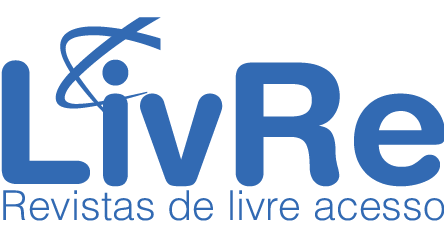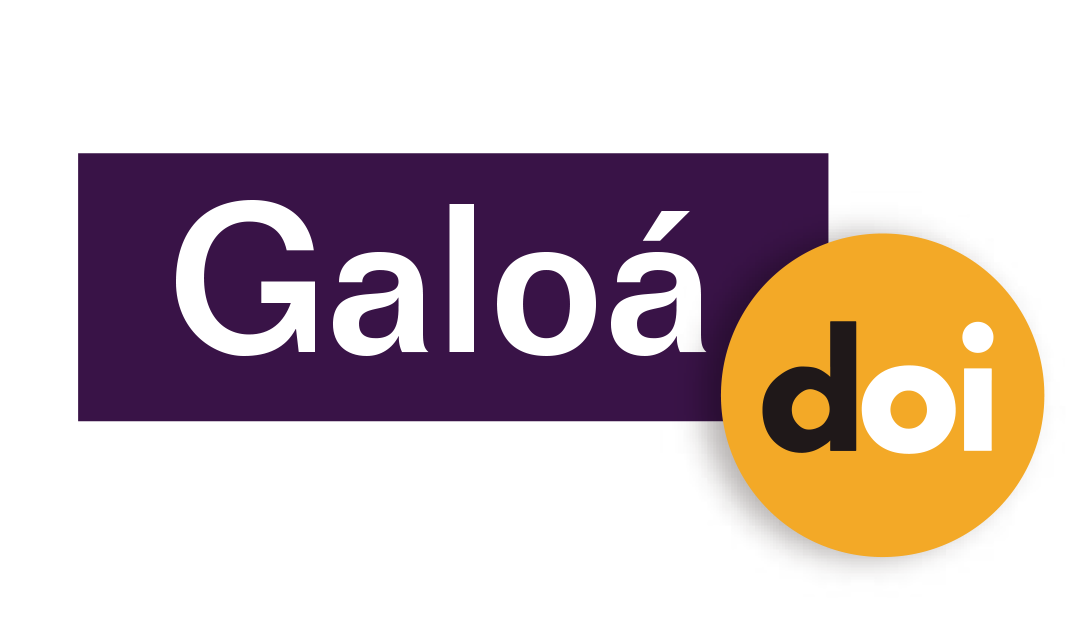Capturing Strategies and Difficulties in Solving Negative Integers: A Case Study of Instrumental Understanding
Resumo
Background: Many elementary school students have made mistakes in solving negative integer problems, especially for students with instrumental understanding. Studies that focus on strategies and difficulties faced by students can be a solution to finding student weaknesses so that they achieve a better level of understanding. Objectives: The objective of this study was to classify cases of fifth-grade elementary school students with instrumental understanding in solving negative integer tasks with a focus on strategies and difficulties faced with number line models. Design: This study uses a case study research design. Setting and Participants: Fifth-grade elementary school students who have studied the material on negative integer operations in Sukodono, Indonesia, were included. One of the students with the most varied instrumental understanding and representation strategy was chosen as a case study. Data collection and analysis: Qualitative data collection was done by providing a number line model task and interview instructions. Data analysis was performed by comparative analysis, namely, by comparing all data collected, including the transcribed audio and video recordings. Results: Researchers found various types of strategies that experienced difficulties to cognitive completion by students with instrumental understanding, along with difficulties in solving number problems. Conclusions: The implications of this study are very useful for further research and lifelong learning practices, especially in dealing with elementary school students who have difficulty constructing knowledge and the concept of negative integer arithmetic operations.
Palavras-chave
strategy and difficulty; representation; instrumental understanding; negative integer; case study
Texto completo:
PDF (English)DOI: https://doi.org/10.17648/acta.scientiae.6432
Apontamentos
- Não há apontamentos.
Direitos autorais 2022 Mohammad Faizal Amir, Mahardika Darmawan Kusuma Wardana, Miftakhul Zannah, Hendra Erik Rudyanto, Nur Qomariyah Nawafilah

Esta obra está licenciada sob uma licença Creative Commons Atribuição 4.0 Internacional.
ANÚNCIOS
Informamos que, a partir de outubro de 2024, a revista Acta Scientia volta a aceitar submissões de artigos para publicação.
Mais, informamos que sites fraudulentos, https://periodicos-ulbrabr.org e https://periodicos-ulbrabra.org, estiveram se passando pela Acta Scientiae, utilizando nosso nome e identidade visual e até solicitado taxas de APC, que nós não cobramos. Aconselhamos cautela para evitar serem enganados por sites semelhantes.
Conceito A2 na Capes(2021)
Índice h5 do Google Scholar: 13
Índice mediana h5 do Google Scholar:24
eISSN: 2178-7727
Indexações:
A Acta Scientiae é indexada em: | Scopus |  | Latindex |  | Edubase (SBU/UNICAMP) |
 | Sumarios.org |  | Google Scholar |  | Portal LivRe (CNEM) |
 | Journals for Free |  | REDIB |  | Galoá DOI |

Todos os trabalhos publicados aqui estão sob uma licença Creative Commons - Atribuição 4.0 Internacional.
